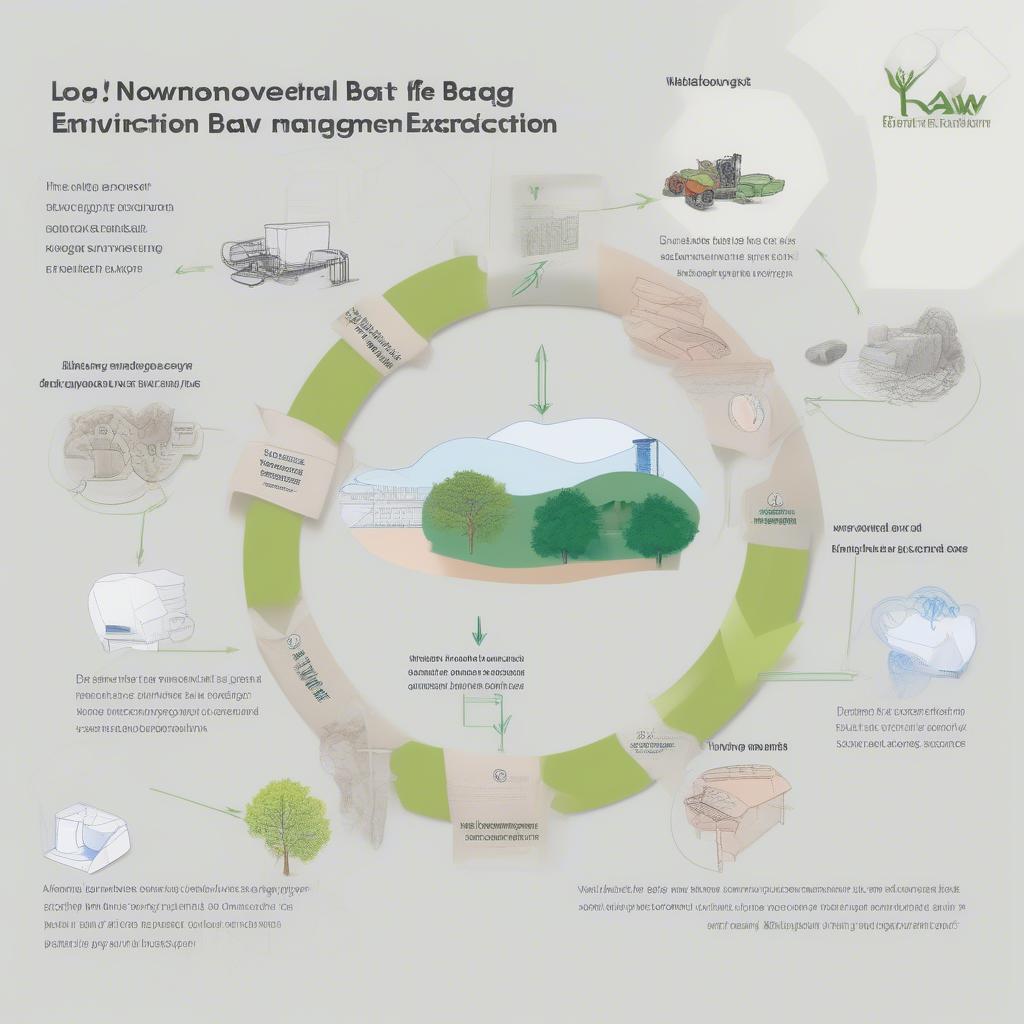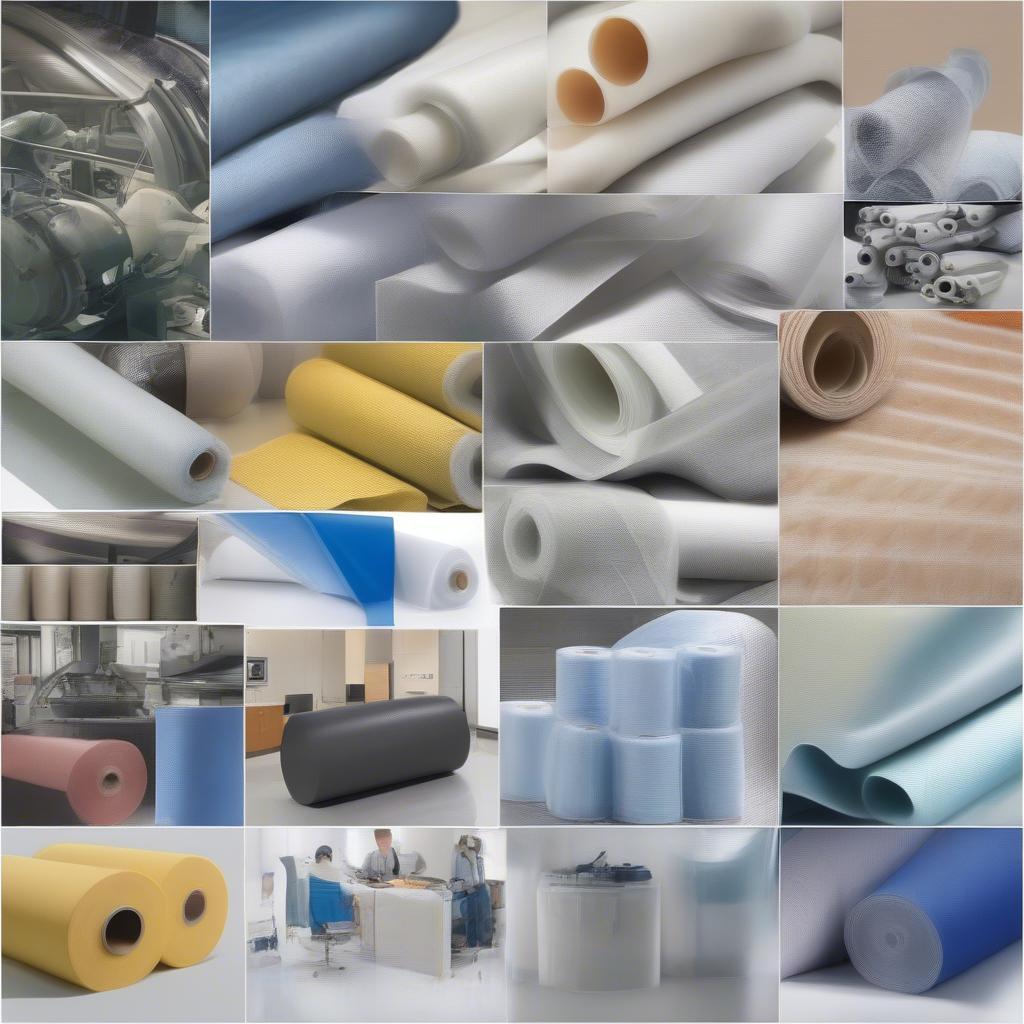Woven Bag
Non Woven Bag Definition: Understanding the Versatile Material
Non woven bags are everywhere. From grocery stores to promotional events, these versatile carriers have become a staple in modern life. But what exactly is a non-woven bag? This comprehensive guide delves into the Non Woven Bag Definition, exploring its properties, uses, and impact on the environment.
Decoding the Non Woven Bag Definition
Unlike woven fabrics that interlace threads, non-woven materials are bonded together through chemical, mechanical, heat, or solvent treatment. Think of it like felt, where fibers are matted together rather than woven. This process creates a durable yet flexible material ideal for various applications.
What Makes Non-Woven Unique?
Non-woven materials offer distinct advantages over traditional woven fabrics. Their structure allows for excellent breathability, making them perfect for applications like medical masks and filters. They are also highly absorbent, which is why you’ll find them in disposable diapers and wipes. Additionally, non-woven materials are strong, tear-resistant, and relatively inexpensive to produce.
Exploring the Types of Non-Woven Materials
Several different types of non-woven materials cater to various needs and applications. Polypropylene (PP) is a popular choice for non-woven bags due to its strength and water resistance. pp woven bags meaning Spunbond non-wovens offer excellent strength and durability, while meltblown non-wovens are softer and more breathable, often used in medical applications.
Choosing the Right Non-Woven Material
Selecting the appropriate non-woven material depends largely on the intended application. For heavy-duty tasks, spunbond polypropylene is an excellent choice. For softer applications requiring breathability, meltblown polypropylene is preferred.
Non-Woven Bags: A Sustainable Solution?
The environmental impact of non-woven bags is a complex issue. While they are often touted as a reusable alternative to plastic bags, their long-term sustainability depends on several factors, including the specific material used and the consumer’s disposal practices.  Life Cycle of a Non-Woven Bag
Life Cycle of a Non-Woven Bag
Reusable vs. Disposable: Making Informed Choices
It’s important to differentiate between reusable and disposable non-woven bags. Reusable non-woven bags, often made from thicker polypropylene, can withstand multiple uses, reducing their environmental impact. Disposable non-woven bags, typically thinner and less durable, are intended for single-use applications. Making informed choices about the type of non-woven bag you use can significantly impact your environmental footprint.
“Consumers should look for durable, well-constructed non-woven bags that can be used repeatedly,” suggests Sarah Miller, a sustainable materials expert. “Proper disposal or recycling practices are also crucial for minimizing environmental impact.”
Beyond the Bag: Other Applications of Non-Woven Materials
Non-woven materials extend far beyond shopping bags. Their versatility makes them suitable for a wide range of applications, including:
- Medical: Surgical gowns, masks, bandages
- Filtration: Air and water filters
- Automotive: Interior fabrics and insulation
- Agriculture: Crop covers and weed control fabrics
- Home furnishings: Upholstery, carpet backing
 Different Applications of Non-Woven Materials
Different Applications of Non-Woven Materials
“The applications of non-woven materials are constantly expanding as new technologies and materials emerge,” notes Dr. John Smith, a materials scientist. “This versatility makes them a crucial component in many industries.”
Conclusion: The Future of Non-Woven
Understanding the non woven bag definition is just the beginning. As technology advances, we can expect to see even more innovative uses for non-woven materials. By making informed choices about the type of non-woven products we use and how we dispose of them, we can contribute to a more sustainable future.
FAQ
- Are non-woven bags recyclable? It depends on the specific material and local recycling facilities.
- What are the advantages of non-woven bags over plastic bags? They are often more durable and reusable.
- How are non-woven bags made? They are created by bonding fibers together through various methods.
- Are non-woven bags biodegradable? Some types are, while others are not. Check the bag’s composition.
- What are some alternatives to non-woven bags? Consider reusable cloth bags or baskets.
- Are all non-woven bags reusable? No, some are designed for single-use applications.
- Where can I purchase high-quality non-woven bags? Check with retailers specializing in eco-friendly products.
Need help with your non-woven bag needs? Contact our hotline at +84 388 951 999, located in Hanoi, Vietnam, or Tech Avenue, Suite 12, San Francisco, CA 94105, USA. Our customer service team is available 24/7.
